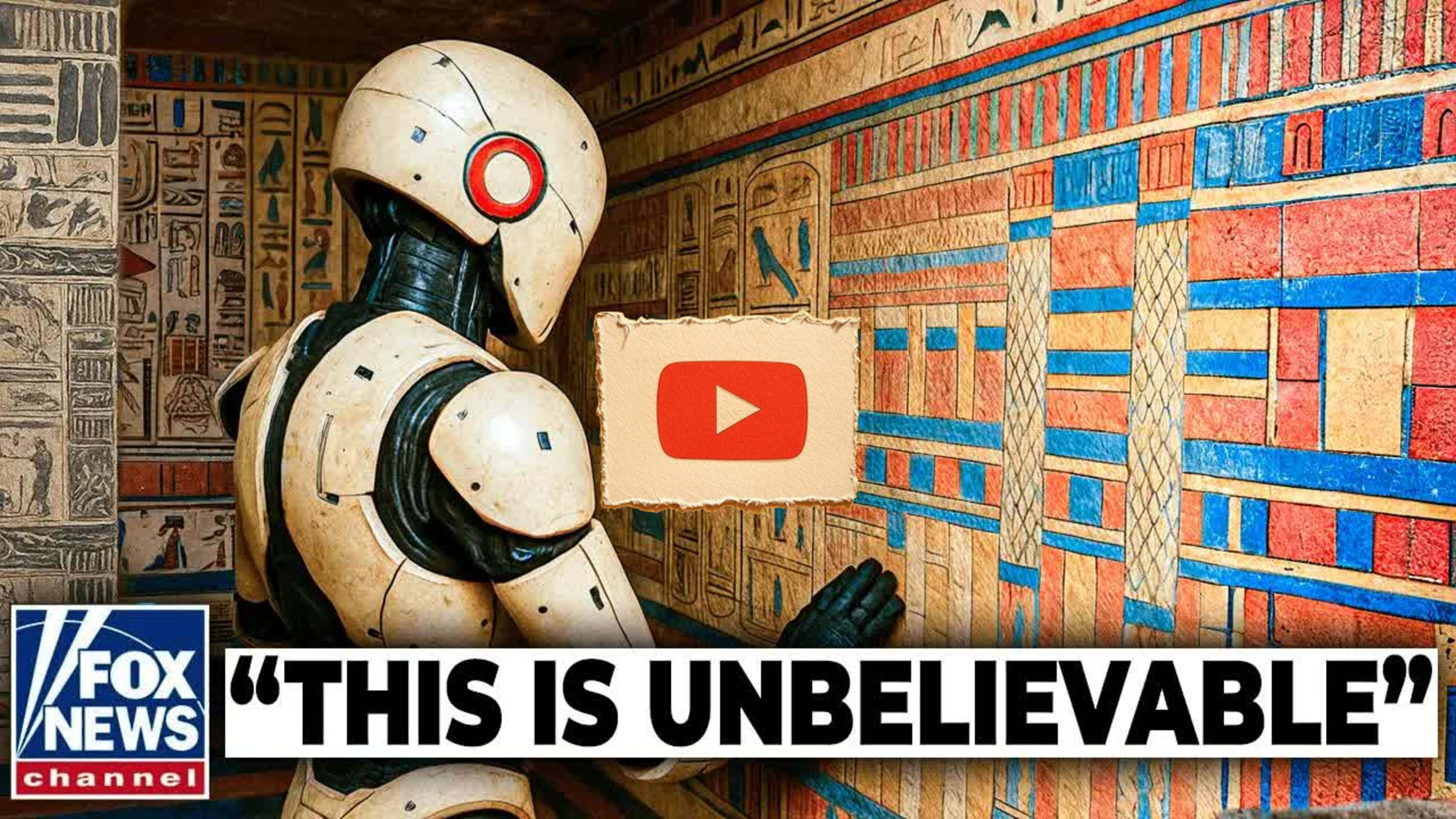Key Points
- Archaeologists discovered 4,000-year-old sealed tombs in Egypt containing ancient hieroglyphs decoded by AI
- The tomb belonged to Tetine Nebafu (Teti Nebu), a 4,100-year-old doctor who served Pharaoh Pepe II
- Tetine Nebafu held the rare title "Conjurer of the goddess Serket," making him Egypt's top expert in treating venomous bites and stings
- He was the "Director of Medicinal Plants," creating new treatments using secret knowledge of rare plants and herbs
- As "Chief Dentist," he performed advanced dental procedures including tooth extraction, cavity cleaning, and primitive surgery
- He served as the royal physician, treating the Pharaoh himself during a 90-year reign
- Ancient Egyptian medicine combined physical treatments with spiritual rituals and divine intervention
- They had medical specialists, hospitals, surgical procedures, and medical schools 4,000 years ago
- Ancient Egyptians performed cancer surgery, as evidenced by skulls showing surgical marks from tumor removal attempts
- They understood the connection between mental health and physical health thousands of years before modern medicine
- The tomb's walls contained detailed medical formulas, treatment instructions, and step-by-step surgical procedures
- Ancient Egyptian medical knowledge influenced healing practices throughout the ancient world
- They created medicines using honey, herbs, milk, and other natural ingredients with antibacterial properties
- The tomb was completely robbed, leaving only the painted walls with their hieroglyphic inscriptions
- Ancient Egyptians used meditation, breathing techniques, and primitive forms of psychotherapy
- They practiced treatments for heart disease, depression, and dementia that modern science confirms as effective
- Some medical knowledge was deliberately kept secret, only shared with deities and kings
- The hieroglyphs suggest human medical knowledge may have been far more advanced in ancient times than previously believed
Full Transcript
 Great Pods
Great Pods
 Great Pods
Great Pods